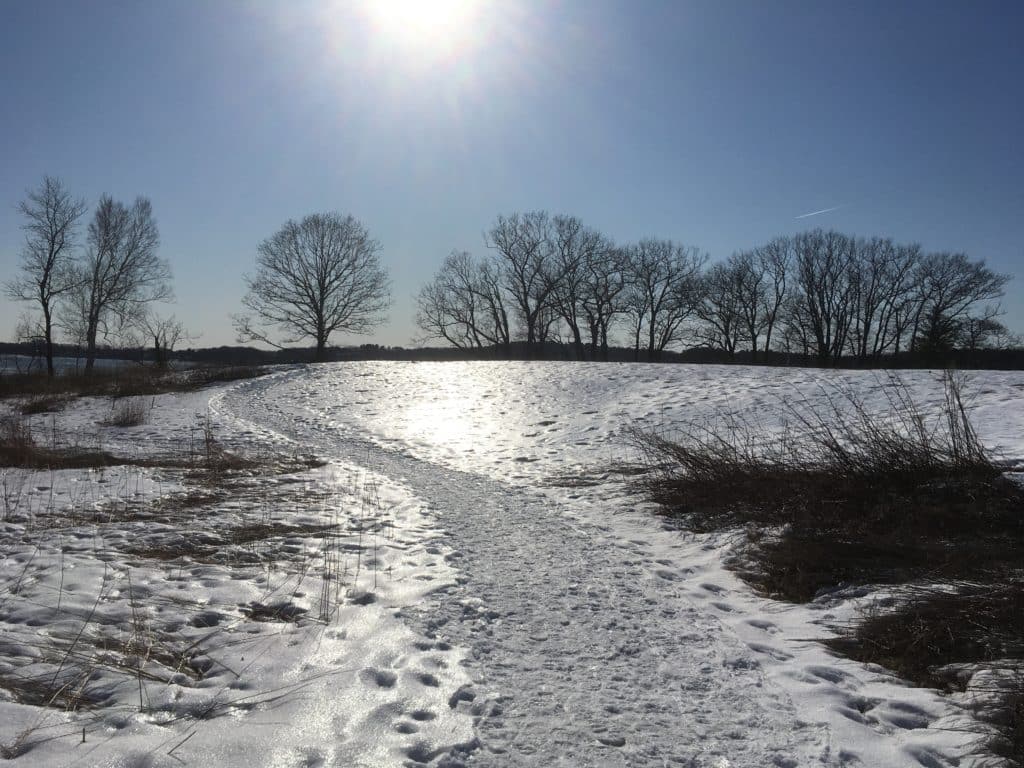
Does anyone really want to think back to January 2021, to when this crazy year began? A new president was about to take office in the White House, 2020 had been the hottest year on record according to NASA, 23 species were about to be declared extinct, and it was the deadliest month of the coronavirus to date. It was hard to be optimistic.
But one year later, the new administration has reversed or is restoring almost 100 environmental rules that had been enacted by the previous administration. Closer to home, Maine’s Climate Action Plan celebrated its one-year anniversary, a number of bills have been passed to advance our climate goals, and we’ve made gains in energy efficiency and electrification as well. The author of the Climate Action Plan, the Climate Council, is a nonpartisan collection of scientists, industry leaders, lawmakers, and municipal officials. It’s collaborative efforts like these that give us hope.
Indeed, when we look back at Maine Audubon’s accomplishments in 2021, we’re most proud of our ability to forge partnerships, lead collaborations, build consensus, and develop models for others. We work with state agencies, local/city/municipal offices and departments, schools and universities, other conservation organizations, land trusts, and tribal advisors, just to name a few.
Here are just a few highlights from 2021:
Working with young people, in 2020-21 we hosted Future Focus, a youth-led monthly webinar series highlighting youth climate justice activists and their stories from across the state. This past summer, we partnered with Bangor Public Schools and the Maine Discovery Museum to provide nature-based summer camps for underserved schoolchildren in the Bangor area. While our school field trips to Gilsland Farm are still far from pre-pandemic volume, our Education team has been working with Wabanaki advisers and Portland Schools leaders to launch a project for every third grader in the district to rear, study, and release Atlantic Salmon in a unit that blends STEM and traditional ecological knowledge.
Our Bringing Nature Home initiative around promoting native plants continues to expand and grow. In 2021 we continued the historic trend of selling more plants to more people and entities with each passing year, and we also took on more high-profile plant restoration projects. New plantings at Maine State Parks, Willard Beach in South Portland, and throughout Portland have benefited wildlife, and also engaged students and visitors in habitat restoration. In addition to all of the external collaboration, every Maine Audubon program area has a use for the native plants we originally started growing just for individual gardeners and bird-lovers, from 15-acre solar arrays we’ve advocated for, to 5’x5’ rafts our loons team hopes to deploy on Maine lakes next spring, to the replanting of StreamSmart riverbanks once normal river flows are restored.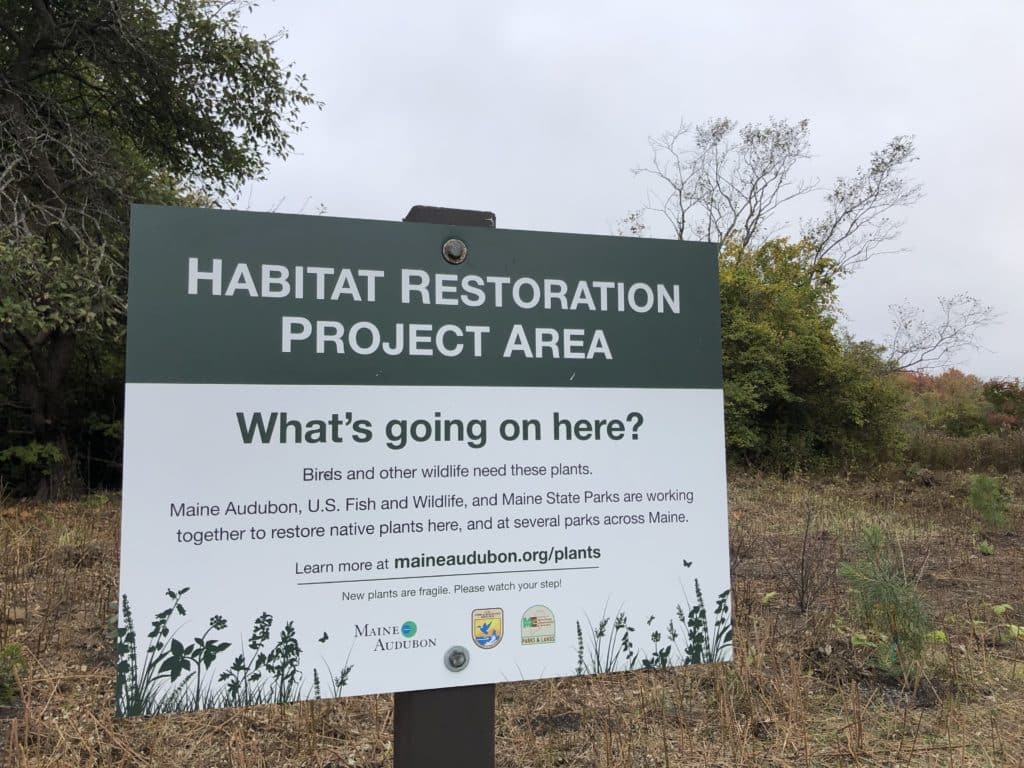
Our Coastal Birds Project is a tremendous effort between Maine Audubon biologists and outreach fellows working with Maine Department of Inland Fisheries & Wildlife, U.S. Fish and Wildlife Service, and Rachel Carson National Wildlife Refuge. We harness the energy of countless biologists, landowners, volunteers, town employees, and beach-goers. This year, an incredible 125 pairs of endangered Piping Plovers nested on Maine beaches and fledged 213 chicks—both numbers easily surpassing 2020’s record 98 pairs fledging 199 chicks. To put that accomplishment further even more into perspective, ten years ago there were 33 nesting pairs of Piping Plovers in Maine.
This year, more than 1350 volunteers counted 328 lakes, spending at least 2700 hours to help us continue our Annual Loon Count. The information they collect helps us track populations over time, so that we can estimate the population and assess trends. Loon numbers have doubled since we started this program and used the data to advocate for changes that have improved mortality rates. Can you imagine Maine without the cry of the loon?
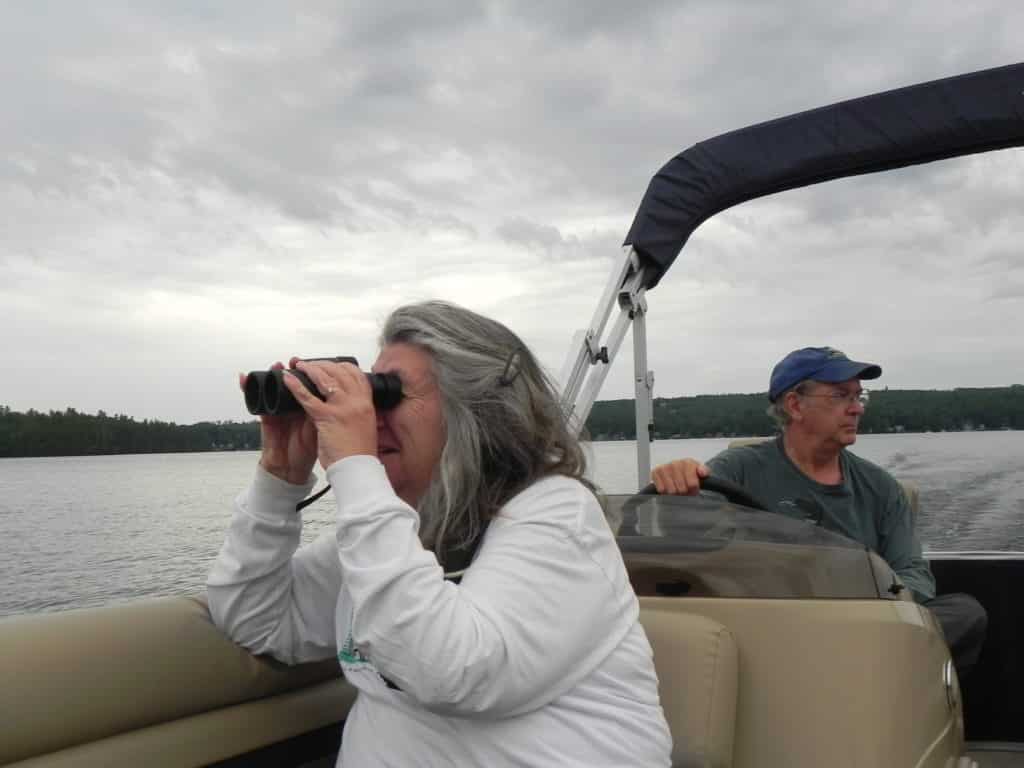
We’re working with developers, municipalities, and other decision-makers to help them realize the benefits of renewable energy, while locating and operating projects with wildlife and habitat in mind. This year, we launched our interactive Renewable Energy Siting Tool, a GIS map that aggregates natural resource layers (many of which are not otherwise publicly available) and other siting constraints for solar and onshore wind projects, while indicating which areas are a good fit for new development and which areas to be avoided.
Maine Audubon also continues to help lead the way on properly siting offshore wind. Our staff members are in regular contact with coalitions including local, state, and federal partners; the fishing industry; wildlife partners; renewable energy companies; and others, to ensure that offshore wind proceeds in the safest possible manner. Staff biologist Sarah Haggerty sits on the Environment and Wildlife Working Group to advise the creation of the Maine Offshore Wind Roadmap, an effort led by the Governor’s Energy Office to support the growing offshore wind sector while ensuring compatibility with our Maine coastal heritage and minimizing the impacts on fisheries and the environment.
The Motus Wildlife Tracking Network is an international effort to track animal movements through automated radio telemetry. Maine Audubon joined the Motus network this spring, installing two antenna towers on our properties—one at Fields Pond in Holden/Greater Bangor and one at the Hamilton Audubon Sanctuary in West Bath. The Fields Pond tower and tagging project is focused primarily on providing educational access and exposure to these real world STEM and conservation practices, and we’re working with University of Maine professors to introduce university students as well as local schoolchildren to these skills, tools, and careers. 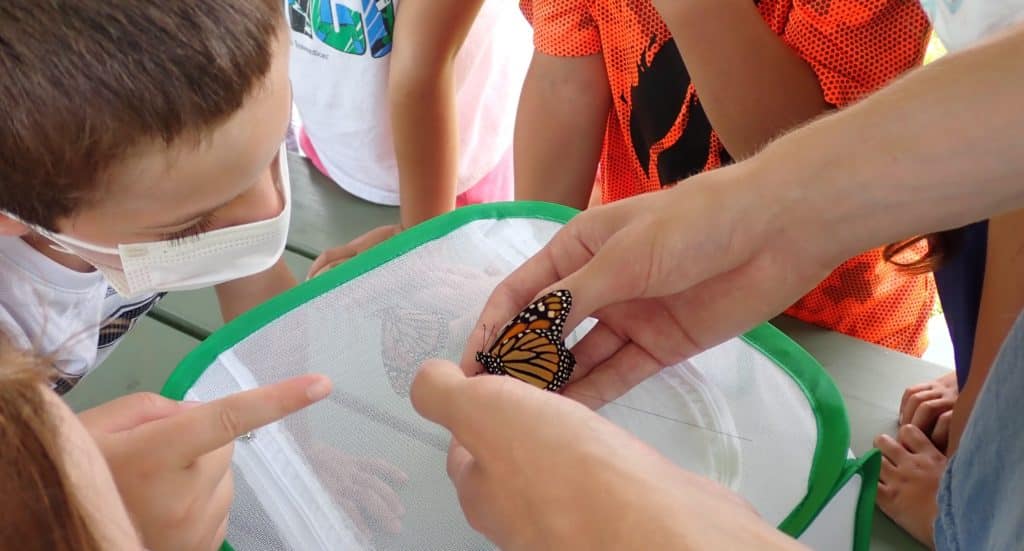
We also embraced and expanded our engagement with many other communities this year. We have always believed strongly in the connection between wildlife and art, and this year we launched our first Brush with Nature plein air painting festival, with artists working at each of our eight properties, and partnered with the Portland Museum of Art and the Maine Writers and Publishers Alliance to hold a moveable poetry reading event at Gilsland Farm. Look for more connections with art, music, and poetry in 2022. 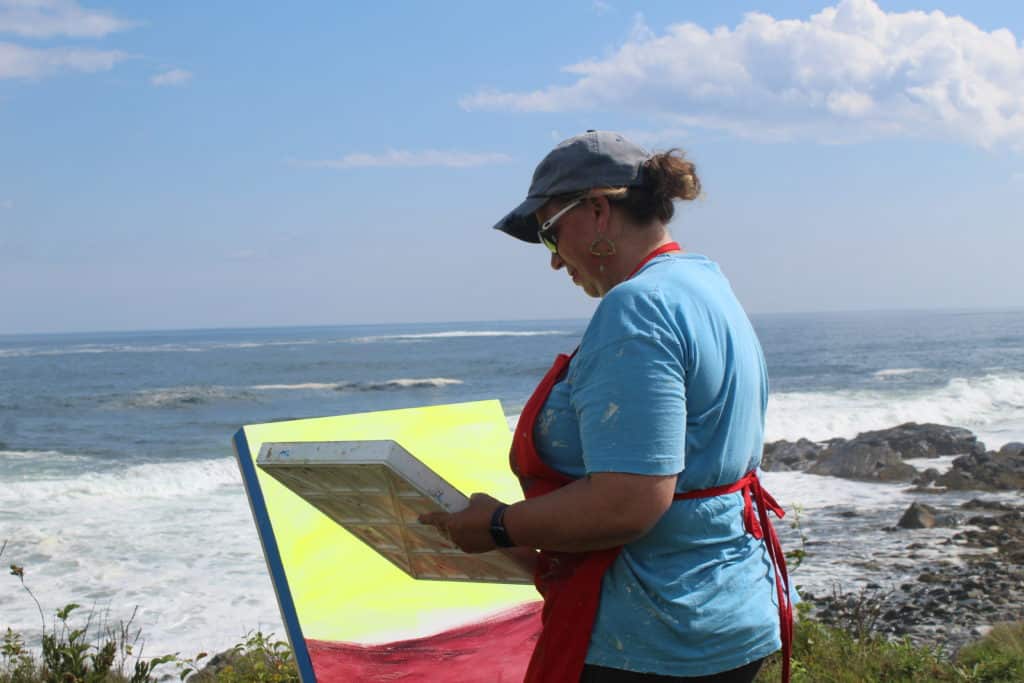
We’ve been blessed with wonderful volunteers—literally thousands of people!—who have stuck with us through all the COVID protocols and last-minute changes as we adapt to this “new normal.” And, of course, it’s you—our members and supporters—who really keeps us going. We strive to be a source of hope and optimism, and look forward to working with and for you in 2022.
